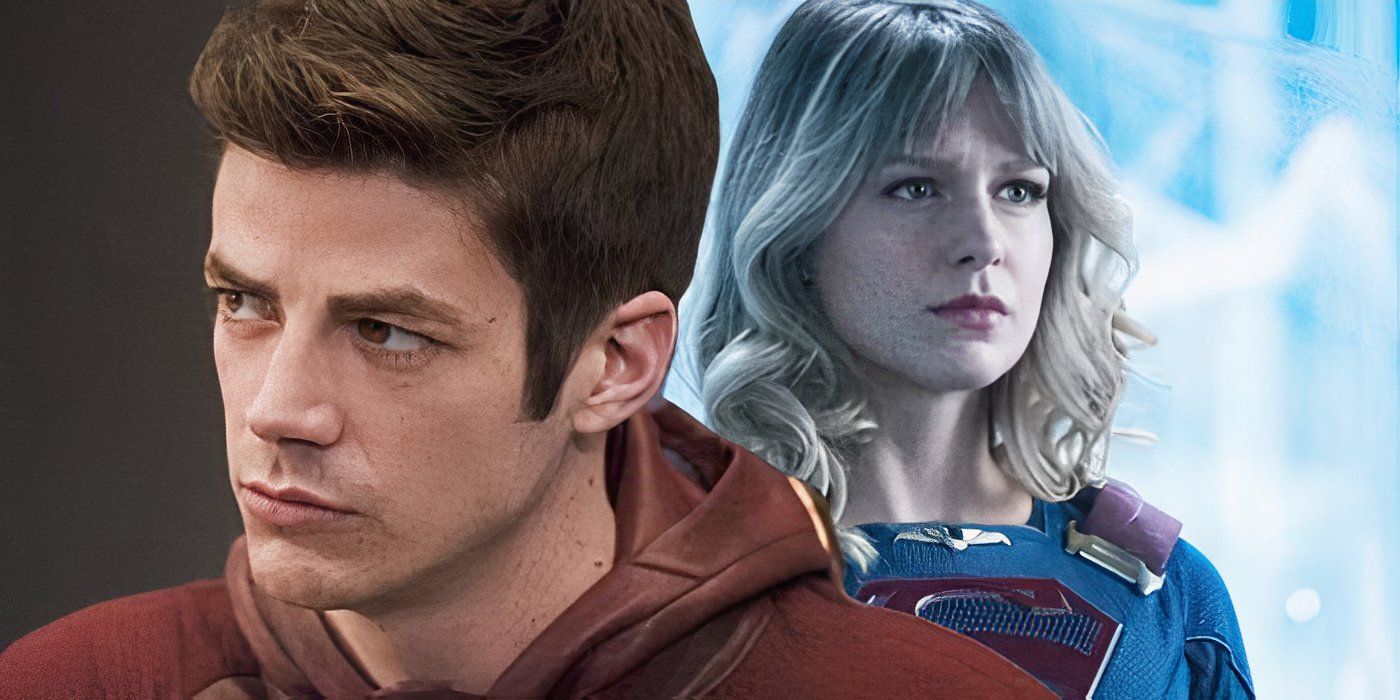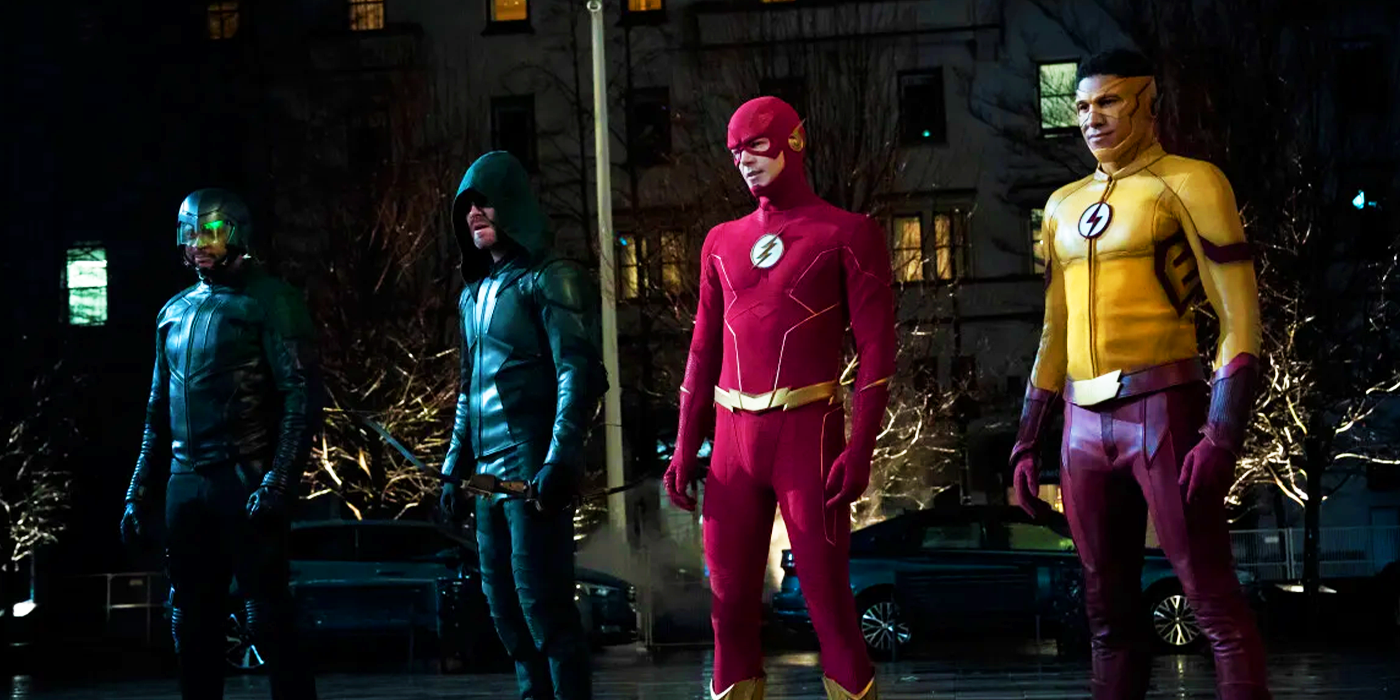
While Superman & Lois‘ cancelation appears more linked to the changing focuses of The CW and the launch of the new DCU, where different projects will be more aligned between both television and movies, the bulk of the focal Arrowverse and its best shows ended for other reasons. Shows that included Arrow, The Flash, Batwoman, and DC’s Legends of Tomorrow, among others, were brought to a close for various reasons, with some endings more successful than others. Still, the abandonment of an entire universe can feel like a surprising choice, leading to speculation on what brought this about.
The Arrowverse Spread Over More Than 900 Hours Of DC Content
The Franchise Spawned 6 Live-Action Series And 2 Animated Ones










Beginning in 2012 with DC’s Arrow, the subsequent universe quickly became an enormous project with several interconnected stories. The series consistently expanded its scope, introducing Barry Allen in season 2 before spinning off into The Flash in 2014. The former spawned 170 episodes of television, and the latter had 184, creating some of the most long-running series of the modern streaming era. They quickly populated their universes with other characters and other spinoffs.
More than 900 hours of DC content eventually came about from the series, which saw series like Black Lightning and Supergirl participate in incredible Arrowverse crossovers. The size of the series grew enormous, and iconic stories including “Crisis on Infinite Earths” made it into the shows, crossing over with all kinds of other DC projects of past and present, including Justice League and Smallville. After such a large library of content, however, the main universe finally came to a close in 2023, with Superman & Lois tying up its spinoff universe a year later.
Why The CW’s Arrowverse Was Canceled
A Number Of Factors Contributed To The End Of The Arrowverse










The Arrowverse was canceled for a number of reasons. One of the most significant was the budgetary spending power of The CW, which has diminished over time. Pairing this with a number of behind-the-scenes changes, including sales and mergers, complicated things for their licensed content. With shifts in television strategies toward streaming, many media companies changed how they handled their television projects. Making original DC content for Max – wholly owned by Warner Bros. Discovery – rather than for The CW, for which they are a majority but not full owner, made more sense.
Especially after the Warner Bros. Discovery merger, the studio has been in a place of some considerable debt, forcing them to look for different strategies to get them out of it. Business as usual had not made sense, and, in addition, much of the Arrowverse had begun to run out of steam. Several CW shows were canceled for various reasons, but much of this overall had to do with declining interest. With lower viewership, lower ad rates, and what was perceived to be a diminished quality product, the decision was made to move on from the Arrowverse.
It is disappointing that the Arrowverse has ended, as the series brought some of the best interconnected comic book storytelling to the small screen yet. However, the influence of the different series, and how they interacted with one another, seems to have impacted the MCU and the upcoming DCU in a number of ways. Even with the DC Universe having moved on from this chapter, the legacy of the Arrowverse will continue to be important, and its many shows are sure to be routinely revisited throughout the years.










